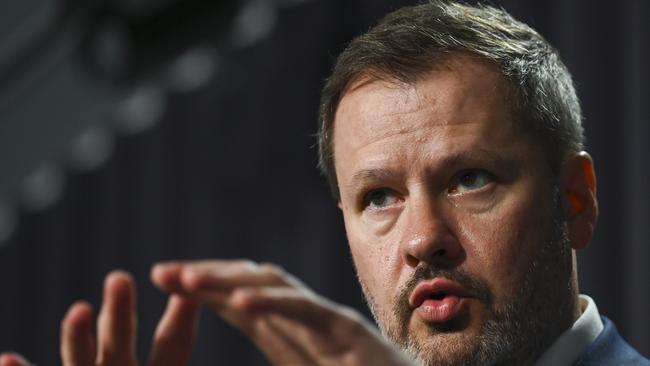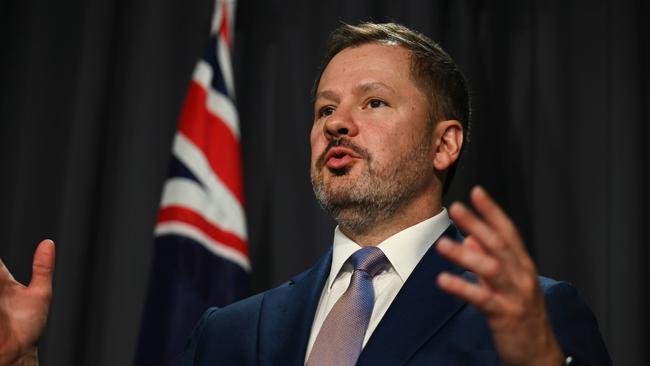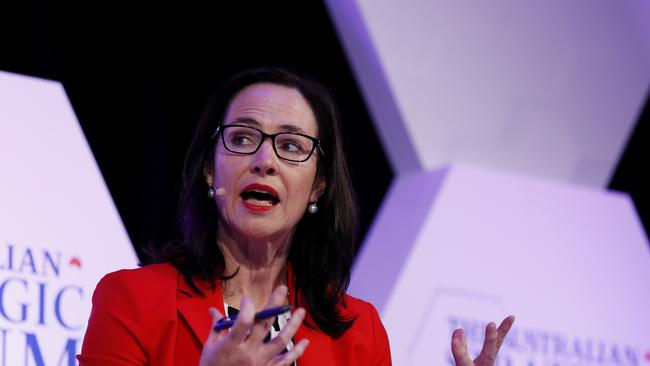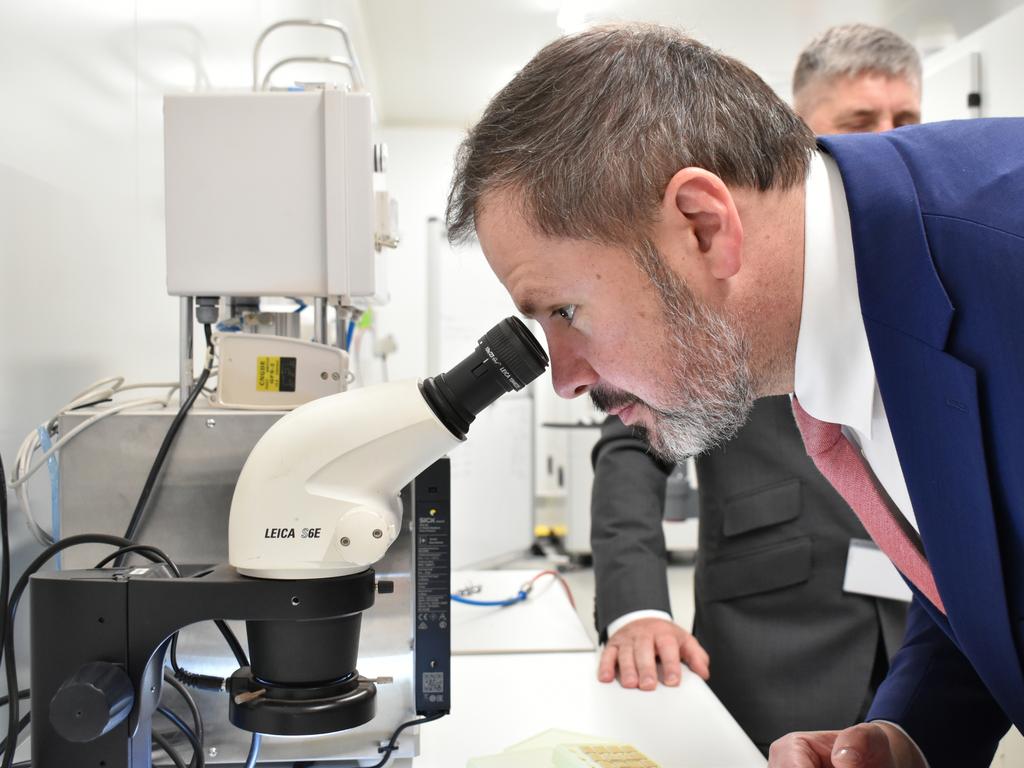Government told to act with urgency over AI regulation
Australia must urgently introduce ‘hard edged safeguards’ before high-risk AI gets even further ahead of policy makers, experts warn.

Australia must urgently introduce “hard-edged safeguards” before high-risk artificial intelligence gets even further ahead of policy makers, with experts calling on the government to clearly lay out an investment plan to ensure the country can navigate the risks and opportunities of the rapidly evolving technology.
Labor’s interim response to the eight-month long consultation on the safe and responsible use of AI, released on Wednesday, was criticised by researchers and the Coalition as lacking in detail and urgency.
“Australia’s unacceptable delay in developing AI regulation represents both a missed chance for its domestic market and a lapse in establishing a reputation as an AI-friendly economy with a robust legal, institutional and technological infrastructure globally,” RMIT research fellow Nataliya Ilyushina said.
Opposition communications spokesman David Coleman said other countries including the UK and the US were leaving Australia behind in planning for AI.

“Not only do we have no outcomes, there is not even a timetable for any future outcomes,” he said. “There is a grave risk that Australia will be left standing still when it comes to the effective management of what is the next great industrial revolution.”
While confirming the government would draw from what other jurisdictions such as the EU, South Korea and Canada had been doing on AI regulation, Industry Minister Ed Husic rebuffed suggestions Labor was taking a “wait-and-see” approach.
“That’s not the approach we are taking. We’ve stepped out two main ways in which we’ll respond in the interim response. One is getting working with industry on a voluntary safety standard for lower risk areas and then we’ll develop the mandatory one,” he said.
“That work is going to start. Like from this point onwards, that work is going to begin. We will though take note of the way in which developments are occurring other parts of the world.”
Sophie Farthing, the head of the policy lab at the University of Technology Sydney’s Human Technology Institute, said the government’s response to the consultation was positive but only a first step.
“What we’re really keen to see now is an urgency with what they’re doing,” she said. “We’ve seen harms caused by AI, particularly in the high-risk settings … in those healthcare settings and law enforcement, in education and employment, it’s really important that we have hard-edged safeguards.”
Ms Farthing also stressed the advisory body that would examine the guardrails for the use of AI should continue beyond the development of any regulation.
“We are suggesting something more permanent than what they’ve set up. We’ve got very little information about what that advisory group is,” she said.

The government’s interim report said AI and automation had the potential to improve wellbeing and quality of life – adding an additional $170bn to $600bn a year to Australia’s GDP by 2030.
Group of Eight chief executive Vicki Thomson said Australia’s response to AI and how to regulate the technology had been “fragmented” and urged for any plan to also include “funding certainty” for researchers.
“Australia is lagging behind competitor nations when it comes to investment in AI and indeed research more broadly. While the government committed $100m in the last budget to support business to integrate quantum and AI tech into their technologies, we have a lot of ground to make up,” she said.








To join the conversation, please log in. Don't have an account? Register
Join the conversation, you are commenting as Logout